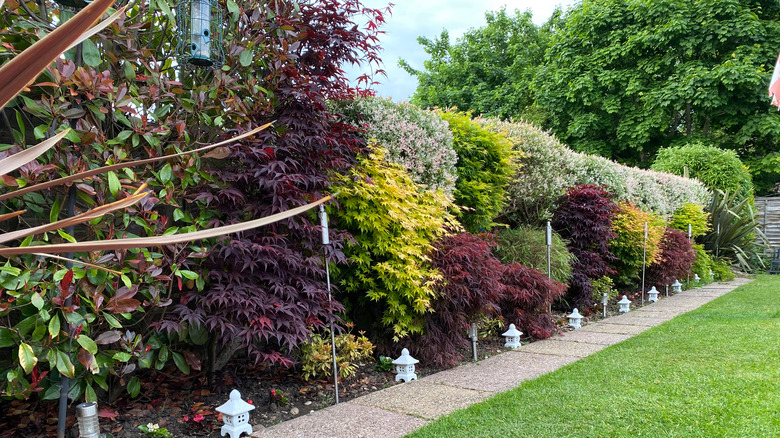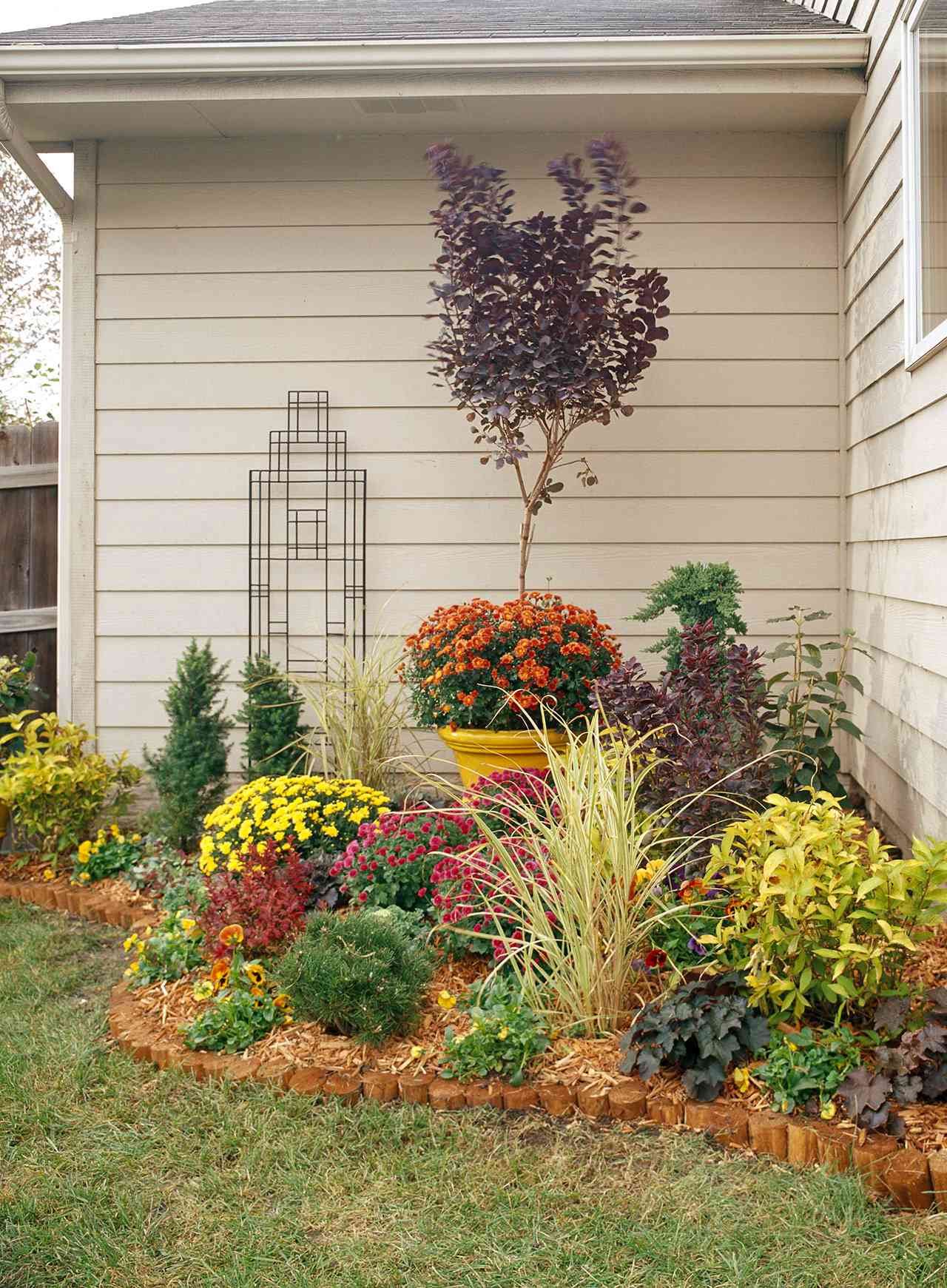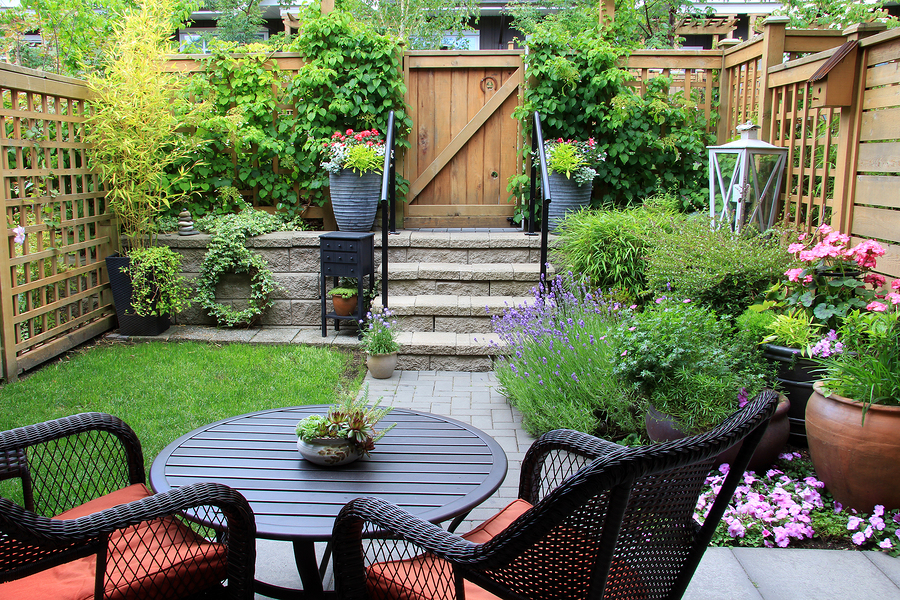Maximizing Your Outdoor Oasis: Tips for Choosing the Right Small Garden Trees
Gardening in small spaces can be a challenge, but with the right compact trees, you can create a thriving outdoor oasis. Small space small garden trees are perfect for urban gardens, balconies, or patios, providing shade, beauty, and a sense of tranquility. However, selecting the right tree species for your specific climate and space constraints is crucial. Compact trees come in a variety of shapes, sizes, and species, each with its unique characteristics, benefits, and space-saving advantages.
When choosing small garden trees, consider the mature size of the tree, as well as its growth rate. Dwarf or compact varieties of popular tree species, such as apple, cherry, or maple, are ideal for small spaces. These trees are bred to be smaller in size, but still produce abundant foliage, flowers, or fruit. Additionally, consider the soil requirements and maintenance needs of the tree, as some compact trees may require more frequent watering or pruning.
Climate is also an essential factor to consider when selecting small garden trees. If you live in a hot and dry climate, choose trees that are drought-tolerant, such as the Dwarf Citrus Tree or the Compact Olive Tree. In cooler climates, consider trees like the Japanese Maple or the Compact Cherry Tree, which thrive in temperate conditions. By selecting the right compact tree for your climate and space constraints, you can create a stunning and functional small garden that brings joy and serenity to your outdoor space.
How to Select the Perfect Small Garden Tree for Your Yard
Selecting the ideal small garden tree for your yard can be a daunting task, but by considering a few key factors, you can make an informed decision. When choosing a small space small garden tree, start by assessing the mature size of the tree. Compact trees come in a range of sizes, from dwarf varieties that grow to be around 6-8 feet tall, to larger compact trees that can reach heights of 15-20 feet. Consider the space constraints of your yard and choose a tree that will fit comfortably in the area.
In addition to mature size, consider the growth rate of the tree. Some compact trees, such as the Dwarf Apple Tree, have a slow growth rate and may take several years to reach their full height. Others, like the Compact Cherry Tree, have a faster growth rate and may need to be pruned regularly to maintain their shape. Soil requirements are also an essential factor to consider. Some compact trees, such as the Japanese Maple, prefer well-draining soil and full sun, while others, like the Compact Olive Tree, can thrive in poor soil and partial shade.
Maintenance needs are also an important consideration when selecting a small garden tree. Some compact trees, such as the Dwarf Citrus Tree, require regular watering and fertilization, while others, like the Compact Cherry Tree, are relatively low-maintenance and can thrive with minimal care. By considering these factors, you can choose a small garden tree that will thrive in your yard and provide years of beauty and enjoyment.
Top Compact Tree Varieties for Small Gardens
When it comes to selecting the perfect small garden tree, there are many varieties to choose from. Here are some of the most popular and versatile compact tree species that are ideal for small spaces:
The Dwarf Apple Tree (Malus domestica) is a popular choice for small gardens. This compact tree grows to be around 6-8 feet tall and produces delicious apples that are perfect for snacking and cooking. The Dwarf Apple Tree is relatively low-maintenance and can thrive in a variety of soil types.
The Compact Cherry Tree (Prunus avium) is another popular variety that is perfect for small gardens. This tree grows to be around 10-12 feet tall and produces beautiful white flowers in the spring, followed by delicious cherries in the summer. The Compact Cherry Tree prefers well-draining soil and full sun.
The Japanese Maple (Acer palmatum) is a stunning compact tree that is perfect for small gardens. This tree grows to be around 6-8 feet tall and produces beautiful, delicate leaves that turn brilliant shades of orange and red in the fall. The Japanese Maple prefers well-draining soil and partial shade.
These compact tree varieties are perfect for small space small garden trees, as they are relatively low-maintenance and can thrive in a variety of conditions. By choosing the right compact tree for your small garden, you can create a beautiful and functional outdoor space that provides years of enjoyment.
Designing a Beautiful Small Garden with Trees
Designing a small garden with trees can be a challenging but rewarding task. When working with compact trees, it’s essential to consider the overall layout and design of the garden to ensure that the trees have enough space to grow and thrive. Here are some expert tips for designing a stunning small garden featuring compact trees:
Start by considering the mature size of the tree and the space constraints of your garden. Compact trees can grow to be quite large, so make sure to leave enough space between each tree for proper growth and air circulation. A general rule of thumb is to plant compact trees at least 10-15 feet apart.
Companion planting is also an essential consideration when designing a small garden with trees. Choose plants that complement the tree’s growth habits and provide a visually appealing contrast in texture and color. For example, planting a compact tree with a sprawling shrub or a flowering perennial can create a beautiful and dynamic display.
Hardscaping is another crucial element to consider when designing a small garden with trees. Compact trees can benefit from the addition of hardscaping features such as patios, walkways, and retaining walls. These features can help to define the space and create a sense of structure and order.
Finally, consider the overall aesthetic you want to achieve in your small garden. Compact trees can be used to create a variety of different looks, from formal and structured to informal and whimsical. By choosing the right tree species and designing the garden with care, you can create a beautiful and functional outdoor space that showcases your compact trees.
Pruning and Maintenance for Small Garden Trees
Regular pruning and maintenance are essential for the health and longevity of small garden trees. Pruning helps to control the size and shape of the tree, promotes healthy growth, and encourages fruiting and flowering. Here are some tips for pruning and maintaining your small garden trees:
Pruning should be done annually, typically in late winter or early spring. Remove any dead, diseased, or damaged branches, and cut back any overgrown or leggy branches to maintain the tree’s shape. Use clean, sharp pruning tools to prevent spreading diseases.
In addition to pruning, regular maintenance is crucial for the health of your small garden trees. Water your trees regularly, but avoid over-watering, which can lead to root rot and other problems. Fertilize your trees annually, using a balanced fertilizer that is specifically formulated for small garden trees.
Pest and disease management is also important for small garden trees. Keep an eye out for common pests like aphids, spider mites, and scale, and treat promptly if you notice any infestations. Regularly inspect your trees for signs of disease, such as yellowing leaves, black spots, or cankers, and treat promptly if you notice any problems.
By following these tips for pruning and maintenance, you can keep your small garden trees healthy and thriving, even in small spaces. Remember to always follow proper pruning and maintenance techniques to avoid damaging your trees, and enjoy the many benefits that compact trees can bring to your outdoor space.
Small Garden Tree Care: Common Mistakes to Avoid
While compact trees can be a wonderful addition to small gardens, they do require some special care to thrive. Here are some common mistakes to avoid when caring for small garden trees:
Over-watering is one of the most common mistakes people make when caring for small garden trees. Compact trees are often more susceptible to root rot and other problems if the soil is too wet. Make sure to check the soil regularly and only water when necessary.
Under-pruning is another mistake to avoid. Compact trees need regular pruning to maintain their shape and promote healthy growth. Prune your trees annually, removing any dead or damaged branches and shaping the tree to maintain its desired shape.
Neglecting soil health is also a common mistake. Compact trees need well-draining soil that is rich in nutrients to thrive. Test your soil regularly and amend it as necessary to ensure it is providing the right conditions for your trees.
Not providing enough sunlight is another mistake to avoid. Compact trees need plenty of sunlight to photosynthesize and grow. Make sure to plant your trees in a location that receives at least 6 hours of direct sunlight per day.
Finally, not protecting your trees from pests and diseases is a mistake that can have serious consequences. Keep an eye out for common pests like aphids, spider mites, and scale, and treat promptly if you notice any infestations. Regularly inspect your trees for signs of disease, such as yellowing leaves, black spots, or cankers, and treat promptly if you notice any problems.
Space-Saving Tree Planting Ideas for Small Gardens
When it comes to planting trees in small gardens, space can be a major constraint. However, with a little creativity, you can still enjoy the benefits of trees in even the smallest of spaces. Here are some space-saving tree planting ideas for small gardens:
Vertical gardening is a great way to make the most of limited space. By using a trellis or a wall-mounted planter, you can train your tree to grow upwards, making the most of your garden’s vertical space. This is a great option for compact trees like the Dwarf Apple Tree or the Compact Cherry Tree.
Container gardening is another space-saving option for small gardens. By planting your tree in a large container, you can move it around to different areas of your garden, making the most of the space you have. This is a great option for trees like the Japanese Maple, which prefer well-draining soil and full sun.
Esperalier techniques involve training your tree to grow along a wall or a trellis, making the most of your garden’s space. This is a great option for compact trees like the Dwarf Citrus Tree or the Compact Olive Tree.
Another space-saving option is to use a tree planter that is specifically designed for small gardens. These planters are typically smaller than traditional planters and are designed to fit into tight spaces. They are a great option for trees like the Compact Cherry Tree or the Dwarf Apple Tree.
By using these space-saving tree planting ideas, you can enjoy the benefits of trees in even the smallest of gardens. Whether you choose to use vertical gardening, container gardening, or esperalier techniques, you can create a beautiful and thriving small garden oasis with compact trees.
Conclusion: Creating a Thriving Small Garden Oasis with Compact Trees
Creating a thriving small garden oasis with compact trees is a rewarding and achievable goal. By selecting the right tree species for your specific climate and space constraints, designing a beautiful and functional garden, and providing regular pruning and maintenance, you can enjoy the many benefits of compact trees in even the smallest of spaces.
Remember to consider the unique features, benefits, and space-saving advantages of different compact tree varieties, such as the Dwarf Apple Tree, Compact Cherry Tree, and Japanese Maple. With a little creativity and planning, you can create a stunning and thriving small garden oasis that brings joy and beauty to your outdoor space.
Whether you’re a seasoned gardener or just starting out, compact trees offer a versatile and space-saving solution for small gardens. By following the tips and advice outlined in this article, you can create a beautiful and thriving small garden oasis that you’ll enjoy for years to come.
So why not start planning your own small garden oasis with compact trees today? With a little patience and care, you can enjoy the many benefits of compact trees and create a stunning and thriving outdoor space that brings joy and beauty to your life.


:max_bytes(150000):strip_icc()/backyard-patio-lounge-area-c7a2f900-ad303762bd544c4580636219c6d703d7.jpg)
:max_bytes(150000):strip_icc()/GettyImages-1151174344-681078e4761b403db59bb5cd9902a688.jpg)



